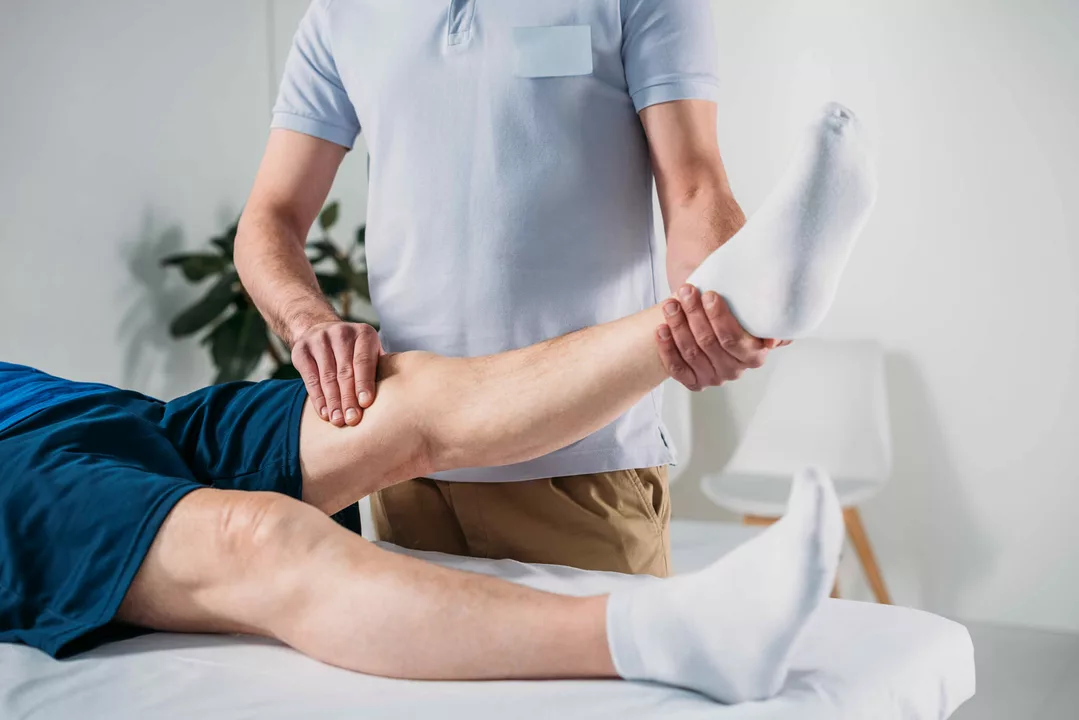Physical Therapy: Practical Guide for Recovery and Everyday Strength
Injuries, surgery or chronic pain can steal your movement. Physical therapy helps you get it back with targeted exercises, hands-on care and real progress you can measure week to week.
What to expect at your first session
Your first visit is mainly assessment. The therapist asks about your history, watches you move, checks strength, range of motion and pain triggers. Expect simple tests like walking, squats or lifting your arm — nothing dramatic. From that they build a plan with short-term goals (reduce pain, walk without limp) and long-term goals (return to work, play sports). Ask how progress will be measured and what you should do between sessions.
Simple exercises you can try at home
Start with low-risk moves most therapists recommend. For knee pain: straight-leg raises — lie on your back, tighten thigh, lift your leg 12 inches, 3 sets of 10. For shoulder stiffness: wall slides — stand facing a wall, slide your fingers up and down slowly for 10 reps. For low back: bird-dog — on hands and knees, extend opposite arm and leg, hold 3–5 seconds, 2 sets of 8. Do each exercise pain-free; mild soreness is okay but sharp pain is a stop sign. Consistency beats intensity — five minutes daily wins over one hard session a week.
Physical therapy often works best with other treatments. Your doctor might combine PT with medication for pain control, topical creams, or compounded prescriptions to match your needs. If you’re taking muscle relaxants or pain meds, tell your therapist so they can adjust balance and exercise choices. Compounded medications can sometimes help when standard options cause side effects.
Choosing the right therapist makes a big difference. Look for a licensed physical therapist with experience in your condition. Ask about their typical timeline for recovery and whether they demonstrate exercises in person. Check reviews, ask friends, and confirm whether they work with your insurer. If travel is a problem, ask about telehealth PT sessions — many therapists now offer guided video sessions and home exercise programs.
Insurance and costs vary. Most plans cover PT with a referral or after authorization; ask upfront about session limits and copays. If cost is a barrier, community clinics, university PT programs or sliding-scale practices can lower fees. Some clinics offer packages or group sessions that reduce per-visit costs.
Watch for red flags. New numbness, sudden weakness, fever with pain, or loss of bowel/bladder control need urgent medical attention. If exercises increase sharp or radiating pain, stop and contact your therapist. Good therapists teach you to manage symptoms, not make them worse.
Small, steady steps add up. Stick with your program, track progress (distance, pain scale, or number of reps), and adjust as you improve. Physical therapy is about regaining control of movement — and living with less pain.
Ready to start? Book a consult, bring your questions, and expect small wins each week. Consistent effort turns therapy into lasting movement and less pain every day.

- 12 Comments
Diabetic Gastroparesis is a condition where the stomach takes too long to empty its contents, often causing nausea, vomiting, and other complications. As a blogger, I recently discovered the benefits of physical therapy and rehabilitation in managing this condition. With the help of a trained therapist, patients can learn exercises and techniques to improve their digestion and overall gut health. Additionally, physical therapy can help reduce pain and discomfort associated with Gastroparesis, making daily life more manageable. Incorporating physical therapy and rehabilitation into a treatment plan can significantly improve the quality of life for those suffering from Diabetic Gastroparesis.
